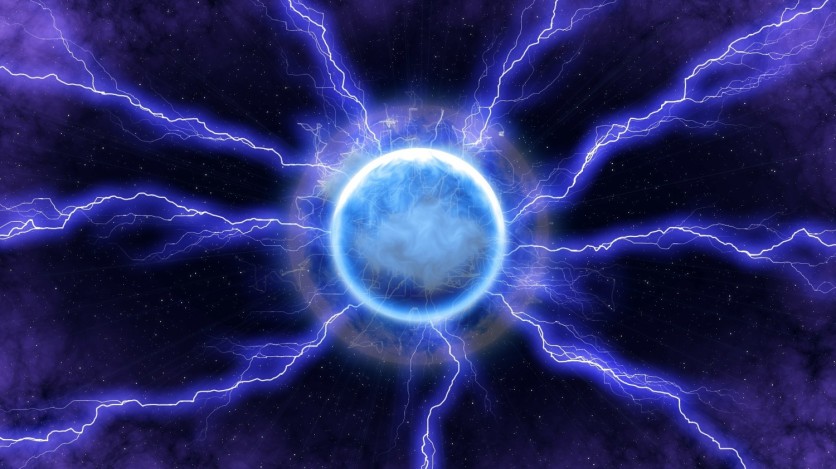University of Massachusetts Amherst engineers have achieved a remarkable feat by demonstrating that nearly any material can be transformed into an electricity-harvesting device that utilizes the moisture in the air.
By incorporating nanopores smaller than 100 nanometers in diameter, the engineers have unlocked the potential for harvesting clean electricity from thin air.

Man-made Cloud
Jun Yao, the senior author of the paper and an assistant professor of electrical and computer engineering at UMass Amherst, explained the concept behind this breakthrough. He compared the air to a cloud composed of water droplets, each carrying a charge.
"Each of those droplets contains a charge, and when conditions are right, the cloud can produce a lightning bolt-but we don't know how to reliably capture electricity from lightning. What we've done is to create a human-built, small-scale cloud that produces electricity for us predictably and continuously so that we can harvest it," Yao said in a statement.
While lightning bolts can be generated from clouds, reliably capturing that electricity remains a challenge. However, Yao and his team have successfully created a human-built, small-scale cloud that consistently produces predictable electricity, allowing for efficient harvesting.
The core principle of this man-made cloud relies on what the researchers refer to as the "generic Air-gen effect." Building upon their previous work in 2020, which involved harvesting electricity from the air using specialized protein nanowires grown from the bacterium Geobacter sulfurreducens, Yao and co-author Derek Lovley, realized that the ability to generate electricity from the air is not limited to a specific material.
According to Yao, the key requirement is that the material must possess nanopores smaller than 100 nanometers in diameter. This is due to the "mean free path," which represents the distance a water molecule in the air travels before colliding with another water molecule.
Water molecules suspended in the air have a mean free path of around 100 nm. By designing a thin layer of material filled with nanopores smaller than this size, the upper part of the layer is bombarded with charge-carrying water molecules, creating an electrical charge imbalance similar to that in a cloud.
This charge imbalance effectively forms a battery, which continues to operate as long as there is humidity in the air.
Vast Range of Possibilities
Yao emphasized the simplicity of the idea and the vast range of possibilities it presents. The harvester can be constructed from various materials, providing cost-effective and adaptable options for different environments. For instance, specific materials can be chosen for rainforest or arid regions.
Moreover, unlike other renewable energy technologies that rely on specific conditions, the humidity-driven harvester operates continuously, regardless of weather conditions or time of day, according to the team.
This ensures a consistent power supply. Additionally, due to the device's thin structure and the three-dimensional diffusion of air humidity, numerous harvesters can be stacked on top of each other, enabling efficient scaling of energy production without significantly increasing the device's footprint.
Yao and his team envisions a future where clean electricity is readily available everywhere with the generic Air-gen effect.
The study's findings were published in the journal Advanced Materials.
Related Article : Australian Wood-burning Electricity Is No Longer Considered Renewable

ⓒ 2025 TECHTIMES.com All rights reserved. Do not reproduce without permission.




